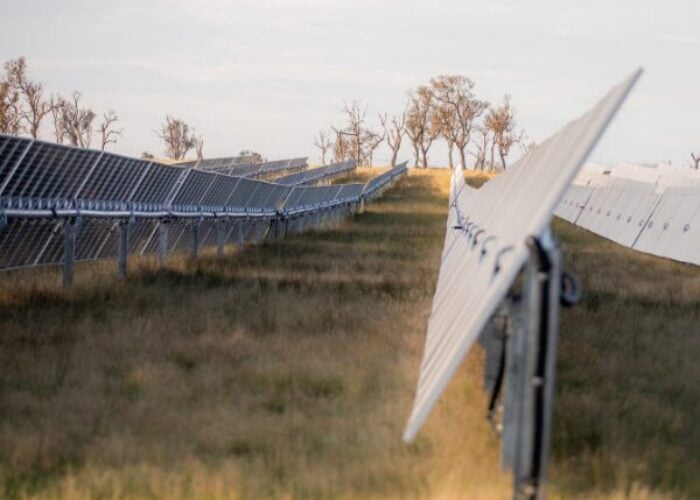GT Solar International has announced the commercial release of the ‘DSS650,’ multi-crystalline ingot growth systems for the solar PV industry. The DSS650 can grow significantly larger silicon ingots averaging 625 kg – resulting in 25 percent more output. It is also designed to provide the same quality performance and reliability as its 2,200-plus DSS systems in the field. GT Solar received its first order for the new systems from Korea-based PV manufacturer Nexolon.
Problem
Try Premium for just $1
- Full premium access for the first month at only $1
- Converts to an annual rate after 30 days unless cancelled
- Cancel anytime during the trial period
Premium Benefits
- Expert industry analysis and interviews
- Digital access to PV Tech Power journal
- Exclusive event discounts
Or get the full Premium subscription right away
Or continue reading this article for free
The DSS650 furnace produces the industry’s largest high volume production ingots comprised of 25 bricks. PV manufacturers may also be able to lower the cost of wafer operations because the taller bricks help to optimize and improve the utilization of the wafer saw beam to minimize waste and improve the amount of good wafers produced.
Solution
The DSS650 incorporates new changes to its proprietary hot zone technology, which improve system performance and control during the ingot growth process, and optimize the new process recipe required to produce larger ingots in high volume PV production environments. Customers can upgrade their current DSS furnaces to take advantage of the higher throughput and performance of the new DSS650.
Applications
Directional Solidification System (DSS) furnaces that cast multi-crystalline ingots.
Platform
The DSS650 has a furnace output > 9MW per year (assuming 16.5% efficiency from 156mm cell lines). Ingot size: 84 x 84 cm2. Ingot weight: Typical 625 kg (590kg to 650 kg). Mass ingot yield (MIY) ≥70 percent. Cycle time ≤74 hours and has a bottom-load process chamber for added operating convenience. Dimensions: W x L x H: 3823mm x 4774mm x 5105mm (151” x 188” x 201”). Ceiling height: 6000mm (236”). Power for entire system: 200 kVA, 380-480V, 3 Ph,50/60 Hz. Power factor: Ave 0.9. Cooling water: 120 to 130 liters/min at 3.4 to 3.8 bar. Argon: 88 m3 per ingot. Helium is optional. Weight approx.: 10,200 kg (22,440 lb). Dimensions shown are exemplary. Mezzanine can be customized or supplied by customer.
Availability
January 2011 onwards.





